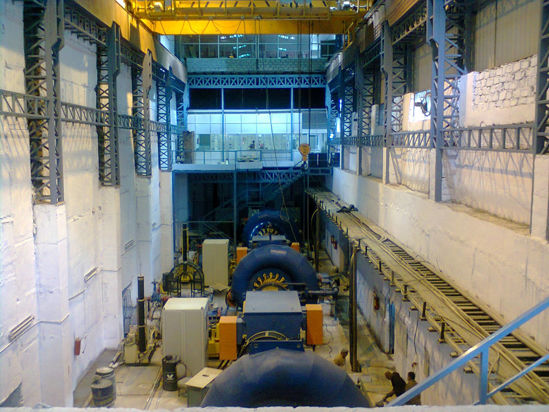Industry
- Hydro
Continent
- Asia
Country
- India
Vintage 
- CP2: 2013 or later
- Bank transfer
- PayPal or Credit Card
Sustainable Development Co-Benefits
Environmental
- Natural resources
- Water
Social
- Jobs
- Welfare
Economic
- Energy
- Growth
- Technology
| 11/20/2024 |  | 2 t |
| 11/16/2024 |  | 40 t |
| 11/15/2024 |  | 2 t |
| 11/14/2024 |  | 2,800 t |
| 11/11/2024 |  | 2 t |
| View all 10 | ||
953
Birahi Ganga Hydro Electric Project
10
Birahi Ganga Hydro Electric Project (BGHEP) is a greenfield 3 x 2.4MW run-of-the-river hydroelectric project located in Chamoli District in the state of Uttarakhand in India. The project site is located on the river Birahi approximately 2km eastward of the confluence of two rivers: Birahi river with the Alaknanda river. The approach road to the project site starts from the bridge built on the Birahi River and utilizes the waters of Birahi Ganga (tributary of the Alaknanda River) to generate electricity.
Bank transfer payment for this project is possible from USD 100.00









